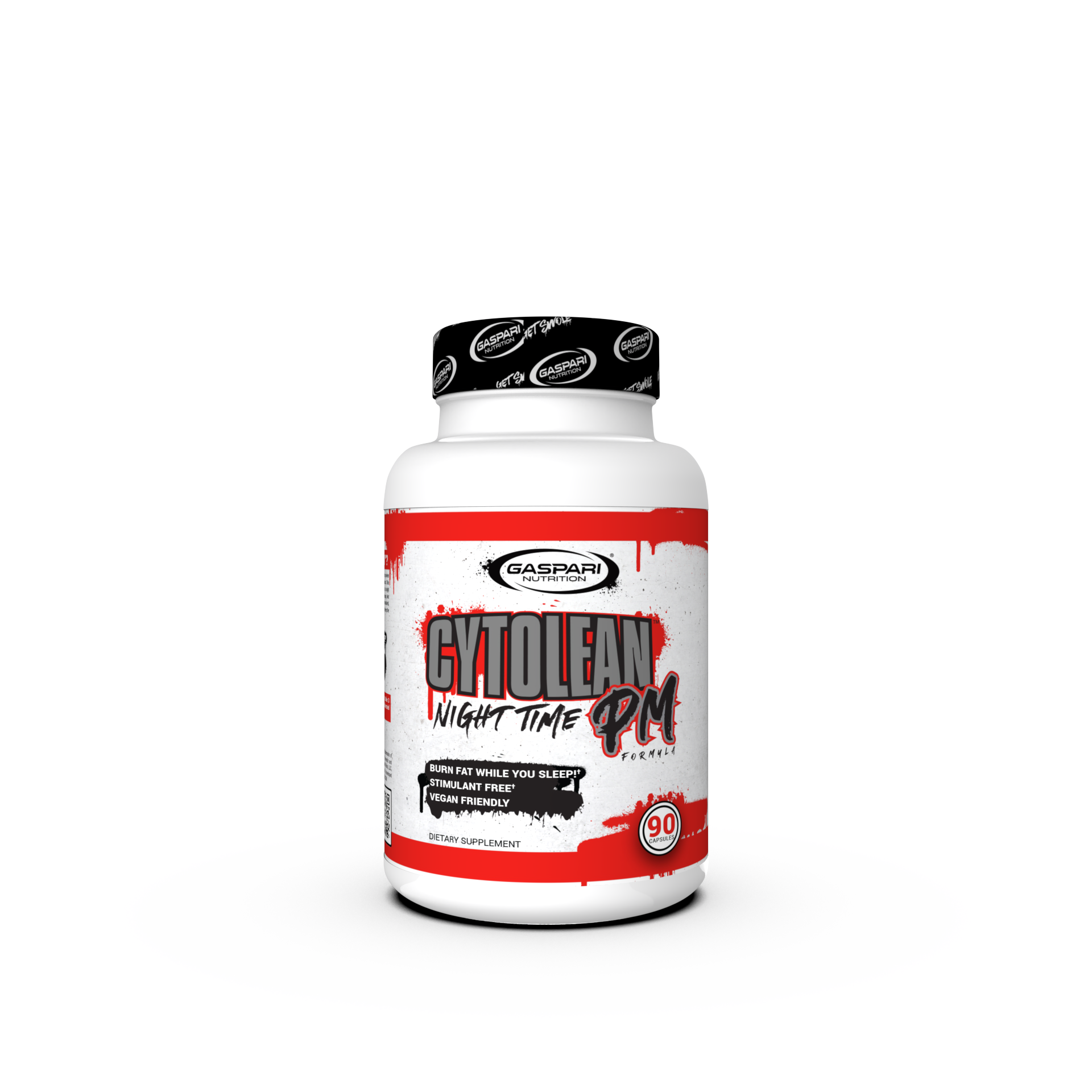What Is Power Walking?
Power walking is an extremely simple and natural concept. You may not have known it, but you have power-walked at some point in your life. It could accurately be described as fast and intense walking. As such, it represents a middle ground between walking and running. This makes power walking an ideal choice for those who require a low-impact form of exercise.
Benefits Of Power Walking:
Although running will burn more calories than walking, runners also face a higher risk of injury. Running produces much more wear and tear on the joints of the legs and ankles. For older people or those who are not in optimal health, this is simply unacceptable.
This study might shed some more light on the subject. By comparing the injury rates of many different runners, researchers were able to show that a low-impact form of running was associated with a reduced risk of injury. Low-impact runners also seemed to have slightly better recovery time.
“Low-impact running” describes both jogging and power walking, though that specific term is not used. What we can see here is that running is hard on the body over time and that a brisk, low-impact walk can achieve similar benefits with far less risk of injury.
There are many health benefits that can be gained from power walking. These include:
- Burning calories
- Improves cardiovascular health
- Requires no special equipment
- Can be done almost anywhere
- Reduction of stress (source)
Developing The Proper Technique:
Although this is a very simple exercise, it is important to use the proper technique if you want to achieve the best possible results. The basic concept is to walk as if you are in a big hurry, but there are some other points of form to be observed.
First, always stretch before walking. Since your objective here is to achieve minimal risk of injury, you would be foolish to leave out the morning stretch. Put a little bit of extra focus on the lower body, as it will be doing most of the work.
It should be noted that some researchers have disputed the efficacy of stretching for the prevention of injury, but athletes have found that stretching increases flexibility, and that can only be a good thing in terms of injury prevention. You don’t need a study to prove something that can be so easily observed.
It is also very important to keep your back straight. If you don’t do this, your balance will be thrown off, and your body will move in strange ways to compensate.
Arms should be kept bent at a (roughly) ninety-degree angle and should be swung back and forth as you walk. To put it more simply, swing your arms in the same way that you would if you were running. Your arms and your legs should work together in unison, with each swing of the arm matching each step. As you swing the left arm, step with the right foot. The same rule applies in reverse. By doing this, you help to maintain good balance and a straight line of travel.
Like your back, your neck should be kept straight throughout the exercise. Try to avoid the temptation to look down and stare at the ground. For one thing, you need to keep your eyes out for vehicles, other walkers, and anything else that you might be in the way. For another thing, a forward gaze helps to keep the back and neck aligned in a straight line.
Proper breathing is also a must. You should inhale and exhale in time with your stepping, but don’t try to breathe in and out on every step. This will lead to hyperventilation (breathing too quickly) which is pointless and may even be dangerous for those with certain health complications. Breathe in through the nose, and out through the mouth.
When you take a step, don’t just sling your foot forward and flop it on the ground. Land on your heel, and arch forward onto the balls of your feet. As you take the next step, push against the ground with the balls of your feet so as to get a little bit of extra momentum. However, you shouldn’t go too far with this idea because it can put too much strain on the ankles.
Speed And Duration:
Every person who engages in this activity will need to find the speed that suits their fitness level. As a baseline, we can look at the average walking speed for adults. As you can see, the optimal walking speed (regardless of load) is 3-4 miles per hour.
You should consider your age, as research has shown that average walking speed declines with age. Although it is certainly possible to transcend limitations and go a little farther than the experts recommend, such things need to be done carefully. Before you can try to push the limits, you must first figure out where they are.
As for duration, this should be determined by your ability. Every day, you will be trying to walk just a little bit longer, as your endurance improves and your body gets used to this new activity. The important thing here is to start slowly and work your way into a full walk. When you reach a point where you are able to power walk for an entire hour, you have probably gone as far as is necessary.
Equipment:
One of the best things about power walking is that you don’t need any special equipment or apparel to get started. That being said, it would be wise to invest in a tough pair of running shoes if you plan to make power walking a part of your daily routine. Other than that, equipment is irrelevant to this exercise.
Get Walking Today
It would be an insult to the readers’ intelligence if we set out to prove that walking is good for you. Everyone knows that regular walking is one of the safest and most natural ways to get the exercise that everyone needs.
Power walking allows us to take this activity to the next level. Perhaps the best thing about power walking is that you can easily incorporate it into your normal activities. Need to run to the store? Don’t reach for the car keys if the store isn’t that far away. Save some gas and get some exercise at the same time.
If you have found this article to be informative and engaging, please follow us on Facebook and stay updated, as we like to keep our subscribers informed on the latest and most important news.
The post Beginner’s Guide To Power Walking appeared first on Gaspari Nutrition.













































































Share:
What Is Yoga Nidra?
Will Drinking Alcohol Negate My Workout Progress?